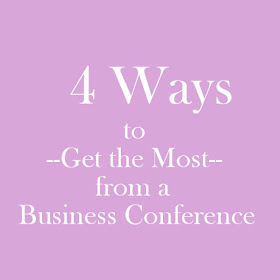Academy Award-winning costume designer Margaret Furse is credited with costume design for the film version of this adaptation of Jules Verne's classic novel. The film stars Hayley Mills and Maurice Chevalier. You can almost see the drawings as they wear the clothes. Late 19th century
steampunk fans of the world, unite.
In this newspaper clip, Ms. Furse notes her lessons in movie costume making, including, "The most important part of your costume is from the waist up...."
To the film.
Mary (Hayley Mills)and Robert wear respectable, if dull, pedestrian clothing.Very functional.



It's really just to play up the difference in wealth between the Grant children who are desperately searching for their father, and the two people who could help them - the wealthy Glenarvans who are first spotted in tuxedos.


A professor (Chevalier) shows up who has arrived with the children with a special clue as to Captain Grant's whereabouts. His wardrobe is a major point of reference -filthy spats among the party guests.

He has the tiniest, tasteful flare - a crimson carnation in his buttonhole. And a floppy bow, which accents his bend-with-the-wind attitude and contrasts with the beautifully formal white bow ties we see before on everyone else.

On the yacht, the designer gives Mary a collar reminiscent of sailor suits. It's as if Mary knows she will sail around the world on this vessel.






The adventure takes them to majestic mountains in South America. Everyone has had a wardrobe change for the arduous journey. They now don ponchos and boots.

The professor still wears his vest and floppy tie.
Even Mary wears slacks, which she might not have done in real life, according to the University of Vermont. Ladies would have had some sort of active wear dress which would have allowed for ease of movement. Although some women did wear slacks in Western cultures in the 1880s, it was a rare sight.
In fact, in the picture below, John and Mary look very much like a couple of stylish Soho denizens from the
1960s. Very anachronistic, but I love the boots.
I think they are all streamlined for safety. Since the actors are in a large tank with water, you don't want them weighted down by yards of fabric should they fall in.
This is more like it. This is the kind of active wear a woman might have worn during this era - the a shorter skirt than usual for freedom of movement. I doubt the young man would have been in his shirt sleeves in front of a lady on the yacht, but I love the look.
It's difficult to see the pin stripes on his pants, but they are there. According to the University of Vermont, stripes were very stylish on men during the 1880s or thereabouts.
This is one of the few times you get to see the exterior of the vessel. Lovely.






























